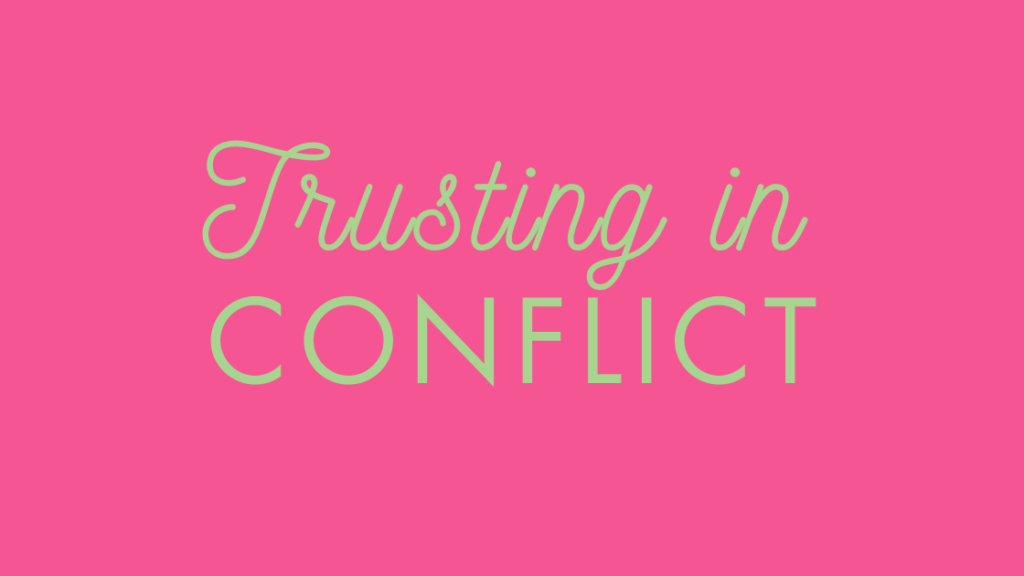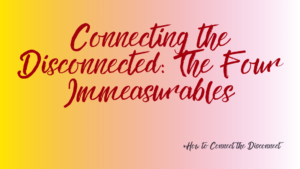In the idealized sangha, everyone joyfully comes together and shares study and practice space. It is beautiful. However, what of the pain of community and the challenges we face together? What of my personal wounds that rub against the wounds of my sangha siblings? Can there be a place for pain and conflict in this precious jewel, and can it in fact strengthen our bonds to one another?
A helpful place to start might be looking at individual patterns. How do we work with these patterns? My most intimate way of meeting the power and energy of my destructive patterns is looking genuinely and—more important—lovingly at them. That does not mean looking and then turning away or looking and blindly accepting problematic behavior. For me, it means looking and leaning in. Perhaps these mental movements, although deeply uncomfortable, are providing pertinent information that craves to be heard and seen by my deepest heart.
A transformation took place when I switched from engaging my patterns as if they were a problem to be handled as quickly as possible, to engaging them as if they were the manifestation of pain from a wound, pleading to be witnessed, begging to be tended to. When I lean in to my habitual processes and closely listen to their message, I learn more deeply to trust myself and my ability to work with my own inner conflicts. Maybe this process can be turned outward to our engagement with one another?
In any community, conflict is unavoidable. We are human beings in a process of spiritual cultivation. We are bound to bump into one another as we walk our own paths. When those crashes occur, with the arising of our own patterns there is the arising of communal conflict. It may feel more inviting or acceptable to simply move on. It may feel safer to pretend conflict didn’t happen. However, this habit to avoid the wounds of our crashes is ignorance. We turn away from anger, a signal of vibrant clarity, but it stews and then erupts later. When we experience communal discord, it might be better to lean in to the conflict and see it as the pain of a wound, especially if the same signal appears often.
I invite us all to be brave in the face of conflict. Through directly witnessing and tending to communal wounds, much like we tend to our inner wounds, we arrive at trust. To be clear, this is not about fixing or explaining away disagreements. This is an invitation to bear the discomfort of social challenges in order to feel the deep hurt beneath the shell. Through that compassion, we can learn to trust each other in the vulnerable space of our sangha, even during conflict.
Contemplation
Ask yourself: How do I relate with my own patterns? How does that engagement relate to my conflict engagement style? What does “leaning in” look like for me?

Stephanie Mikolaj joined Nalandabodhi and became a student of Dzogchen Ponlop Rinpoche in 2018. She has held administrative roles in Nalandabodhi International and Nitartha Institute. Stephanie currently works as a hospital chaplain and adjunct faculty in wisdom traditions at Naropa University. She enjoys time outdoors with her spouse, Ben, and their dog, Kraken.






